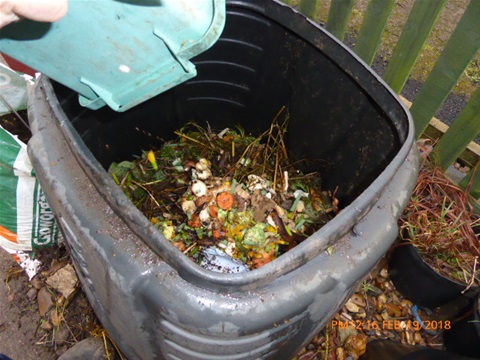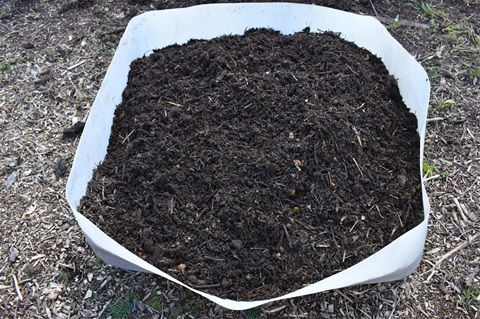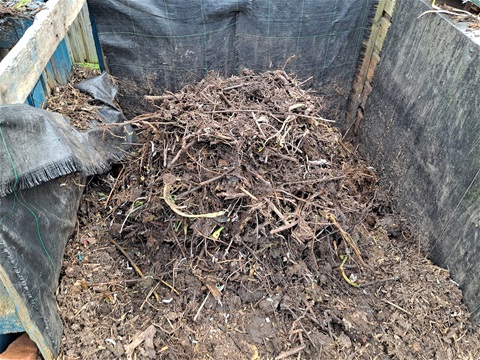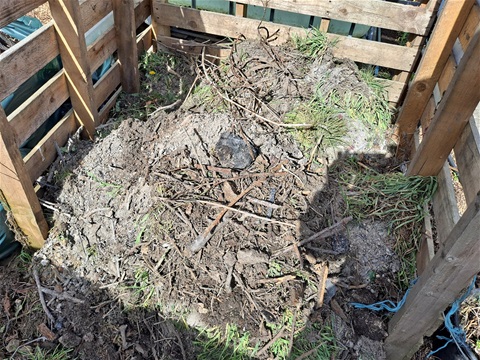Compot Workshop :Introduction to Compostion, Sunday 8th May
An introduction to composting at home and on the allotment. Learn how to make compost from the organic household waste e.g., kitchen waste, cardboard and shredded paper as well as from garden plant material from the garden in the form of prunings, grass clippings, flowers, vegetables and leaves.
By compost this waste you can help the environment and enrich your soil in the garden and pots. The site includes a over 20 compost bins ranging from entry level bins (with and without hatches), to more expensive sectional plastic bins, wooden bins, bins suitable for cooked food, wormeries and pallet bins suitable for composting on allotments in banks of three, four or more. For further details of the site go to http://www.carryoncomposting.com/142941482
This session will be held on Sunday 8th May 10.30 - 12.00. Coffee and tea available from 10am. Please email carryoncomposting1@gmail to register. Places are limited book early. There is a small fee of £5 .




